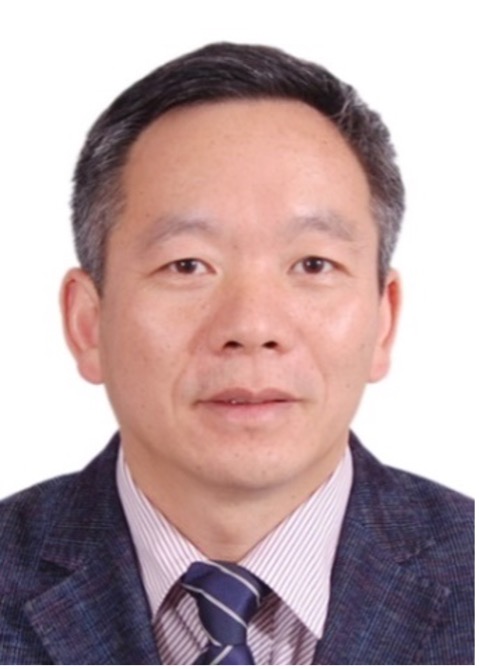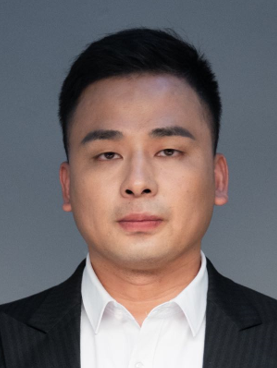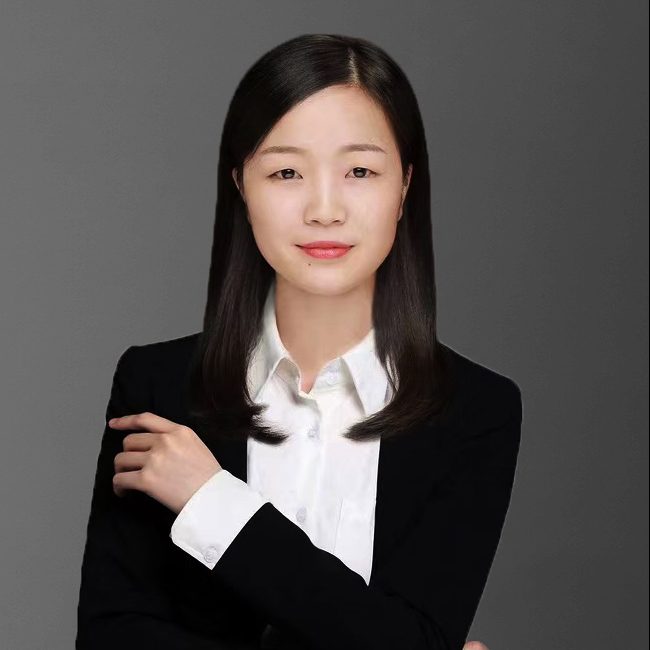
Home
/
Department Overview
/
President Office
The President office is the comprehensive & executive core under the leadership of the president. It is mainly responsible for the coordination and administration of all departments within institution.
Responsible for formulating the future development plan of the institution, accurately aiming the trend of scientific and technological innovation in the field of rehabilitation and nursing domestic and overseas, organising the formulation and implementation of the scientific and technological development strategy and technical layout, tackling key problems, the industrialization planning of achievements in healthcare and welfare field and the raising of funds.
Take the lead in gathering transformation and innovation elements, bring together domestic and overseas elites, technology, capital, information, and other innovative elements and resources, promote the acceleration of rehabilitation and nursing scientific and technological achievements in Hubei, especially Wuhan, to form the commercialisation of due industry transformation and innovation elements in central China.
Formulate the annual work plan of HBRNTI and the three centres (CRNTI, CRNKT, and CRNTM), polish and optimise management sets in line with international standards. Implement the KPI, and coordinate the daily management of the CRNTI, CRNKT, and CRNTM.

Fellow of the Engineering New Zealand, Fellow of IMechE, CEng, UK, Fellow of the American Society of Mechanical Engineerss, Fellow of IEEE; Chair professor of the University of Leeds and the director of the Healthcare and Medical Equipment R&D institute. Chair of the IEEE/ASME MESA Committee, Chair of the AIM Committee, and Associate Editor of IEEE/ASME Transactions on Mechatronics. Published more than 400 papers, dozens of global patents, and nearly £30 M of research contracts from government granting agencies and industries, supervised over 100 postgraduate students; Received a Ph.D. in Mechatronics from Huazhong University of Science and Technology and a Ph.D. in Mechanical Engineering from the University of Canterbury, New Zealand. Chair professor at several world’s top 100 universities, such as University of Auckland in New Zealand, University College London, University of Leeds in UK.

PhD., CPC, Assistant President/Executive President; GP of several global VC & PE, Investor, academic researcher, with years of experience serving in various asset management, Fin-tech consulting, and academic organizations worldwide; possesses more than 10 years of global engineering and management science academic research, eight years in Fin-tech industry, and six years in capital operations. Doctoral research includes Rehabilitation Medical Engineering at the University of Leeds, United Kingdom, and Technology Transfer of Higher Education bodies at Wuhan University of Technology, China. Innovator and explorer in technology transfer of higher education institutions under the new normal of China, and cultivator and practitioner of the healthcare and wellness technology industry.

Administration officer

Financial officer

Human resource officer
1. Internal Duty
(1)Approve the overall strategy and annual operation plan of the Institute, as well as phased key research projects.
(2)Drafting reports, resolutions, plans, rules and regulations, work plans and summaries of the Institute, drafting or reviewing documents reported and issued in the name of the Institute, and issuing circulars and notices to the entire Institute.
(3)Responsible for the nomination and selection of personnel for important positions.
(4)Review the Institute’s financial budget and approve the use of major project funds.
(5)Responsible for the overall evaluation of the work of the Institute at all stages.
2. Daily Work Management
(1)Arrange administrative meetings of the Institute, supervise and check the implementation of meeting resolutions by each department.
(2)Master and use the seal of the Institute and the office, the name seal of the President, validate the engraving of the seal of each administrative department and supervise the use of the seal.
(3)Receive and send relevant documents, letters, telegrams, etc.; handle the registration numbering, issuance, and distribution of official documents.
(4)Responsible for the reception of visitors, handling incoming correspondence; managing and scheduling resources.
(5)Manage the archives of the Institute, do a good job of keeping important historical materials, and guide all departments to do a good job of archives.
3. Department Coordination
(1)Responsible for editing the annual work objectives and plans of the Institute.
(2)Coordinate the work of various functional departments and organize relevant departments to accomplish the overall work tasks for which they are jointly responsible.
(3)Responsible for the specific articulation of the Institute’s external work.
(4)Responsible for the interface of the Institute’s work with other institutions and government departments.
(1)Responsible for the preparation and implementation of the annual financial fund plan, financial accounting and management of income and expenditure, and other daily financial work of the center.
(2)Participate in the review of funding application materials, tracking and supervision of the use of funds for critical projects.
(3)Implement national financial and accounting policies, taxation policies and regulations; develop and implement company accounting policies, tax policies and its management policies.
(4)Prepare a financial analysis of the operating and management status of the one institution and three centers.
(5)Comprehensively count and analyze the company’s debt and cash flow and various businesses.
(1)In charge of organizing the formulation, inspection, revision and implementation of the plan of human resources development, labor employment and labor utilization degree indicators.
(2)Responsible for developing a personnel management system. Design personnel management work procedures, research, analyze and propose suggestions and recommendations for improvement.
(3)Responsible for the reasonable allocation of labor positions to control the total amount of labor force. Organize the preparation of labor quotas, do a thorough job of fixing the staffing of relevant positions in one institution and three centers, reasonably control the total amount of labor force and total wages, ensure the reasonableness and accuracy of labor quotas, and eliminate the waste of labor.
(4)Responsible for personnel assessment and examination work. Establish a personnel file database, standardize talent training, examination and selection work procedures, and organize regular or irregular personnel certifications, assessments, and evaluations of the selection process.
(5)Develop labor staff statistics work system. Establish and improve the statistical accounting standards for personnel, and regularly prepare statistical reports related to labor; regularly prepare and report annual, quarterly, and monthly comprehensive or thematic statistical reports on personnel.
(6)Responsible for the management of labor discipline of employees. Regularly or irregularly spot check the implementation of labor discipline in the company, timely assessment, as well as responsible for the management of attendance, rewards and punishments, travel and holidays, transfer, etc.
(7)Strictly abide by the Labor Law, local government labor policies, and the company’s labor management system, responsible for recruitment, hiring, dismissal, signing labor contracts, and managing employees in accordance with the law.
(8)Responsible for approving the salary standard of each position. Doing the labor wage statistics, responsible for the reporting and auditing of daily wages and overtime wages, handling attendance, rewards and punishments, travel and vacation, and transfer.
(9)Responsible for the preparation of the training syllabus, grasp the staff training work. While grasping the staff’s basic education, gradually implement the pre-service training and skills, business expertise training, professional and technical knowledge, and comprehensive management knowledge combined with the alternate education and training model and system to enhance.
(1)Coordinate the planning of talent team construction, set up an institute for the Rehabilitation and Nursing Technology Industry, and introduce strategic scientists in specialized fields and top scientific and technological double-creative talents in the industry.
(2)Develop talent introduction policies, optimize the talent introduction process, prepare annual talent introduction plans, and do a professional job of talent introduction publicity.
(3)Strengthen the review of the proposed introduction of talent gatekeeper, supervise and guide the actual employer to do an effective job of attracting talent.